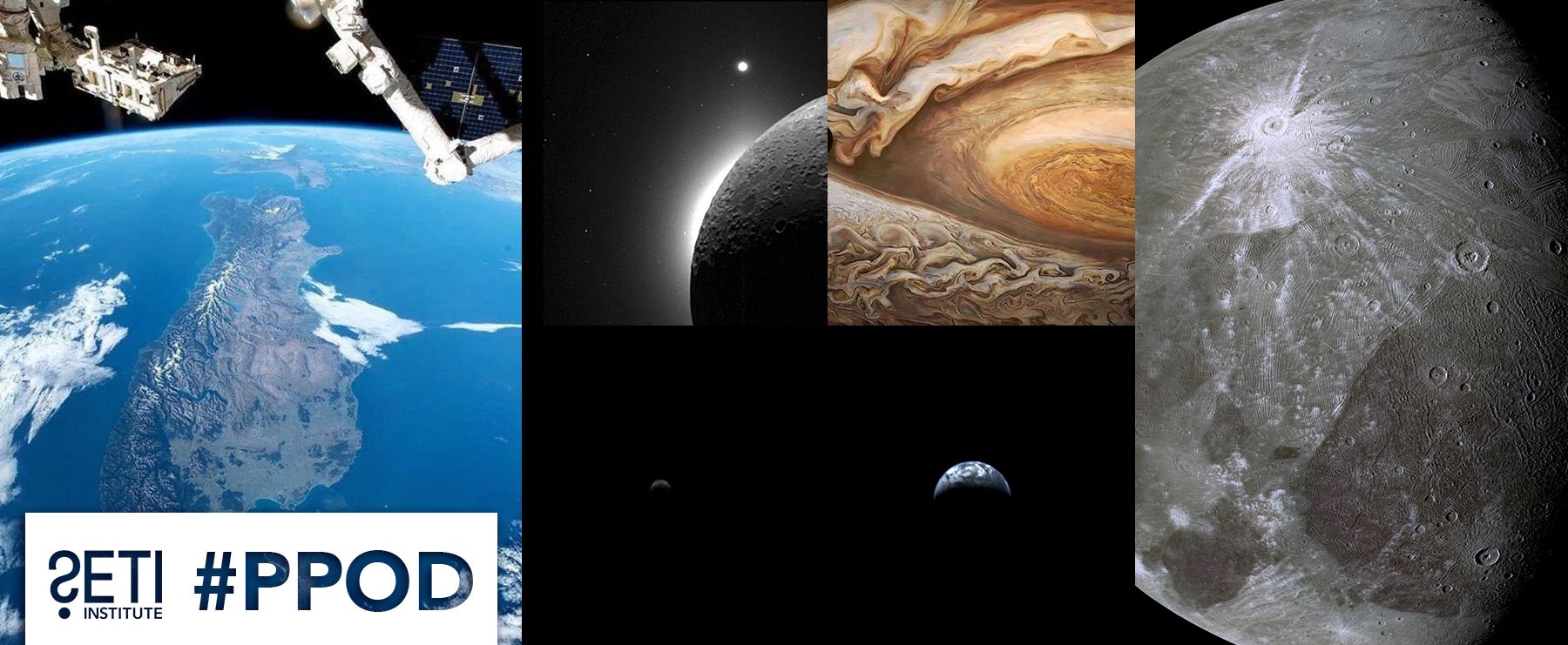
Planetary Picture of the Day
Week of May 30, 2022
Oh the things that we can see! Our solar system is incredible.
Monday, May 30, 2022
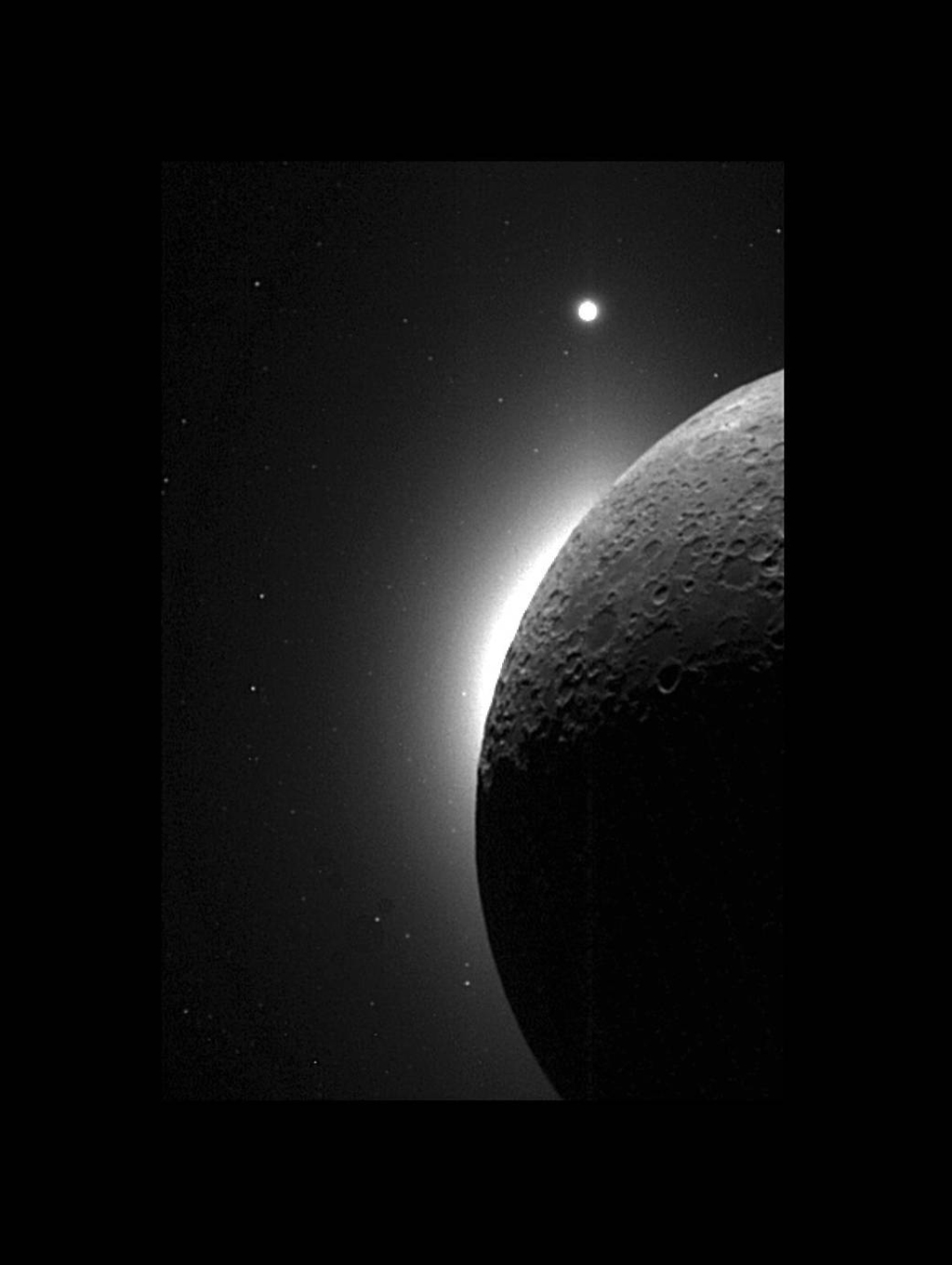
Credit: NASA/JPL/USGS
Clementine Observes the Moon, Solar Corona, and Venus
Back in 1994, the Clementine spacecraft captured the Moon illuminated solely by light reflected from the Earth. The bright glow on the lunar horizon is caused by light from the solar corona; the Sun is just behind the lunar limb. Caught in this image is the planet Venus at the top of the frame.
Tuesday, May 31, 2022
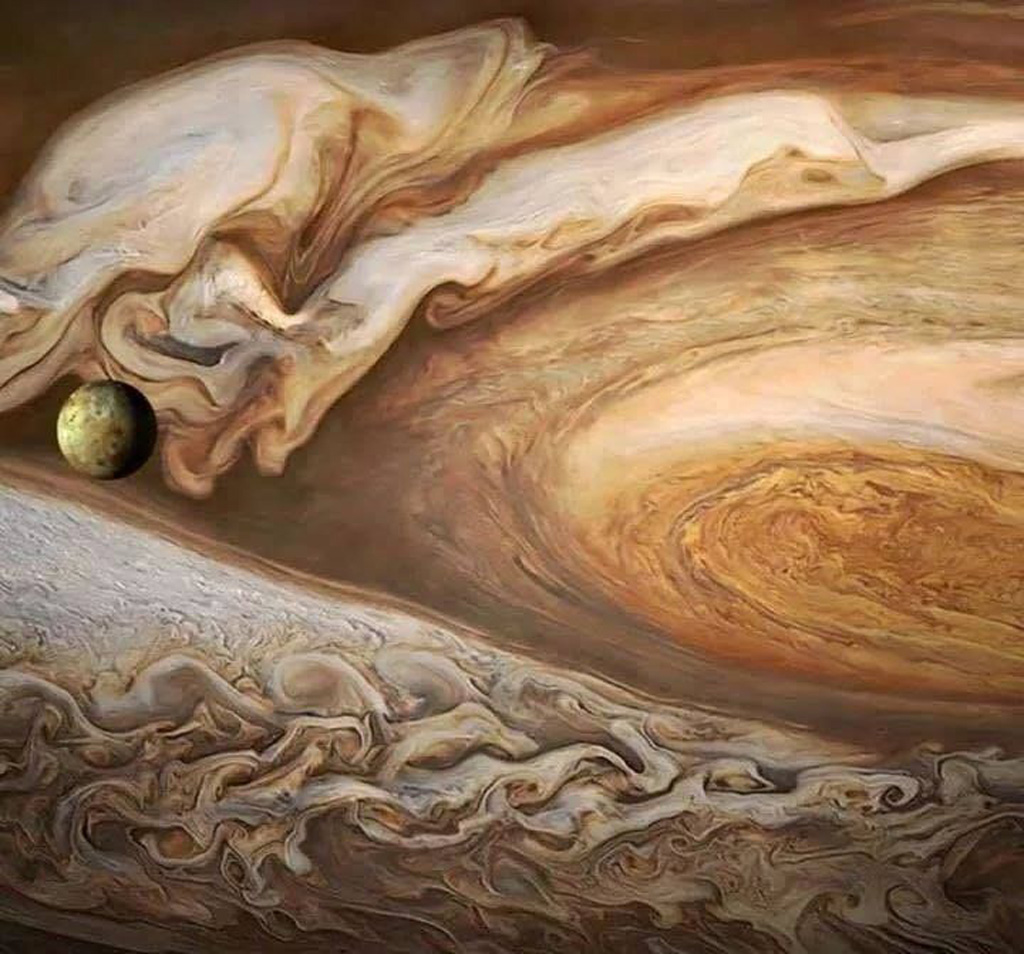
Credit: Jupiter - NASA/JPL, Björn Jönsson; Io - NASA/JPL/University of Arizona
Jupiter and Io
This spectacular image is a composite of two images from two different missions. Jupiter and its Great Red Spot were captured by NASA's Voyager 1 spacecraft on 4 March 1979, while the image of volcanic moon Io was taken by NASA's Galileo on 4 April 1997. The two were put together as part of NASA's Juno mission trailer, "Into the Unknown".
Wednesday, June 1, 2022
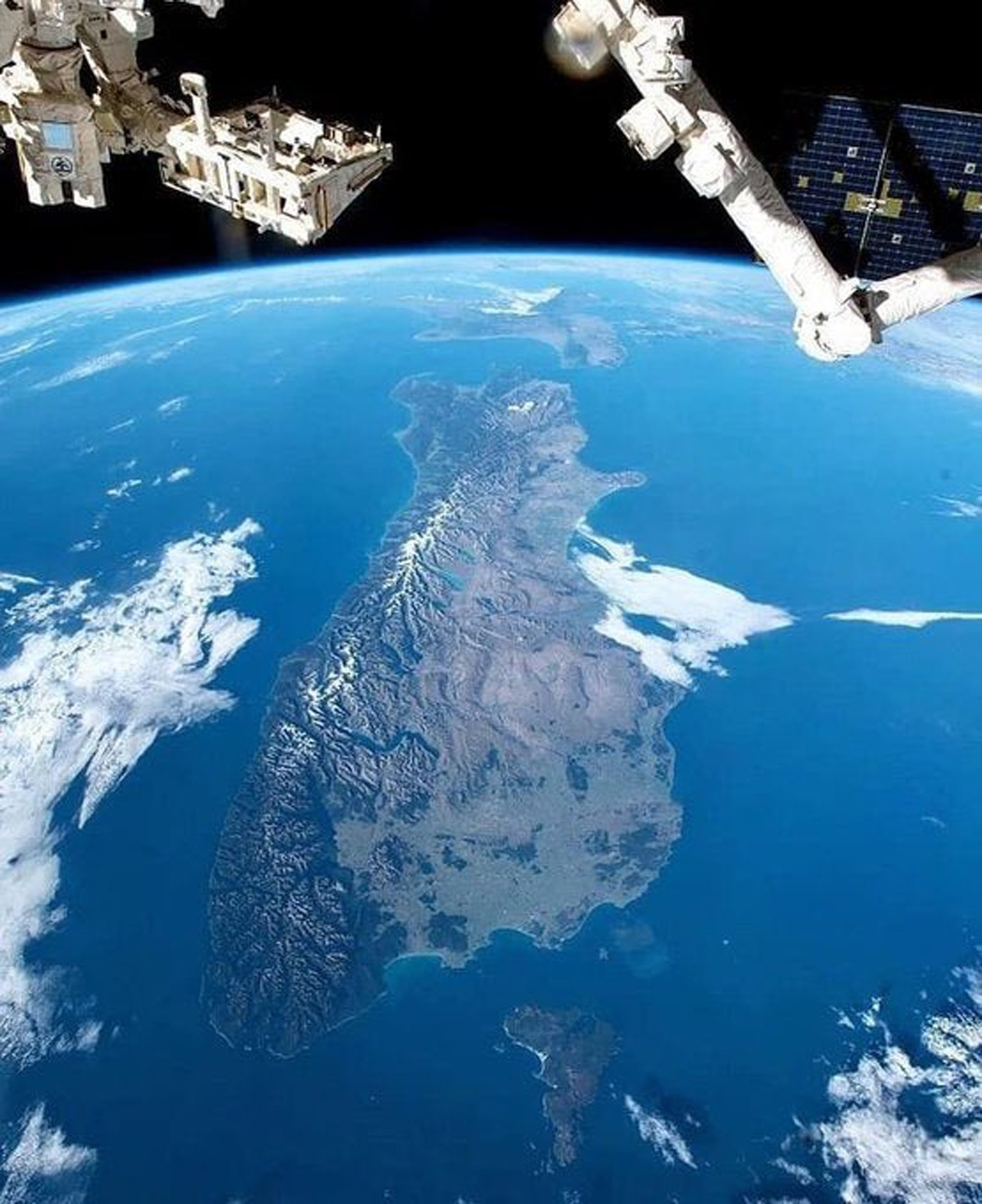
Credit Image: NASA
New Zealand
Astronauts onboard the ISS love taking images of our planet from above, and here is the South Island of New Zealand. The South Island is divided by the snow-capped Southern Alps, which includes 18 peaks over 3,000 meters tall. The highest peak is Aoraki at 3,724 meters.
Thursday, June 2, 2022
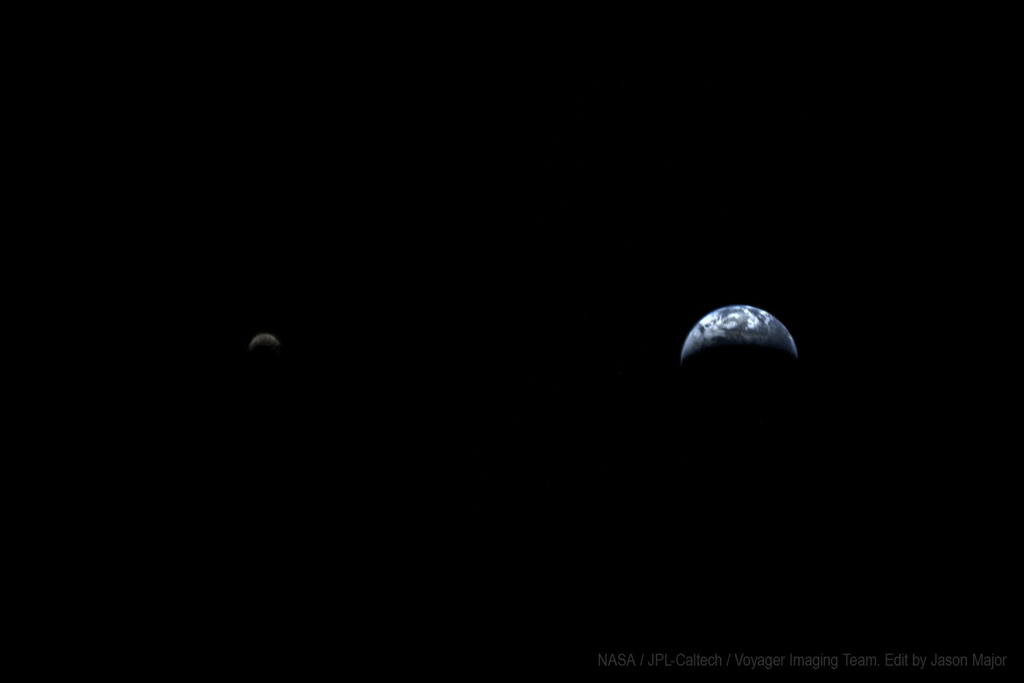
Credit: NASA / JPL-Caltech / SSI / Jason Major
From Earth to Moon
Voyager 1 sent back this view of the crescent Moon and Earth. This was the first time that such picture was captured in the same frame. Voyager 1 was then at a distance of 7.25 million miles / 11.66 million km, and heading for an incredible odyssey.
Friday, June 3, 2022
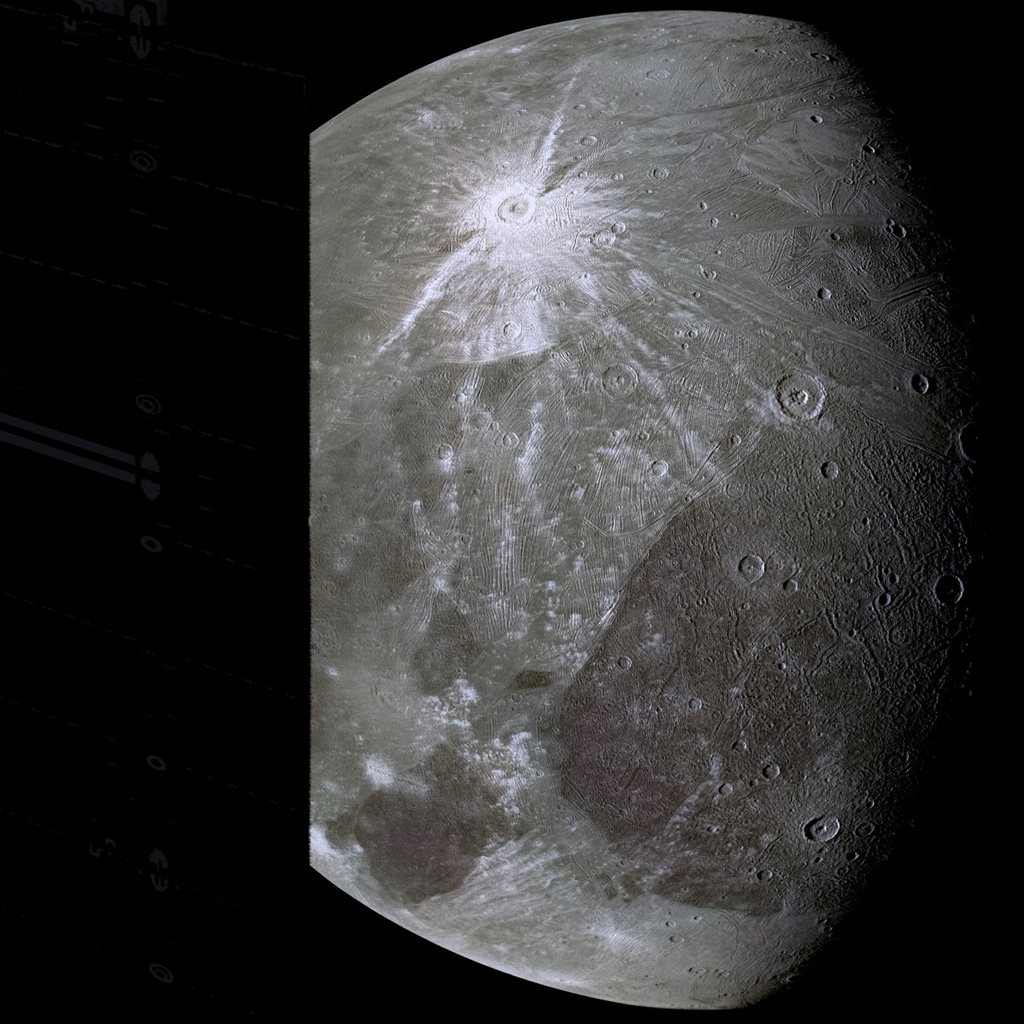
Credit: NASA / JPL-Caltech / SwRI / MSSS / Andrea Luck
Ganymede by Juno
This sequence of images of Jupiter's largest moon, Ganymede, was captured by NASA's Juno spacecraft during Perijove 34. Also the largest moon in the solar system, Ganymede's terrain consists of two types -- regions of bright ridges as well as grooves over older terrain. These could be visual evidence of global tectonic processes.





